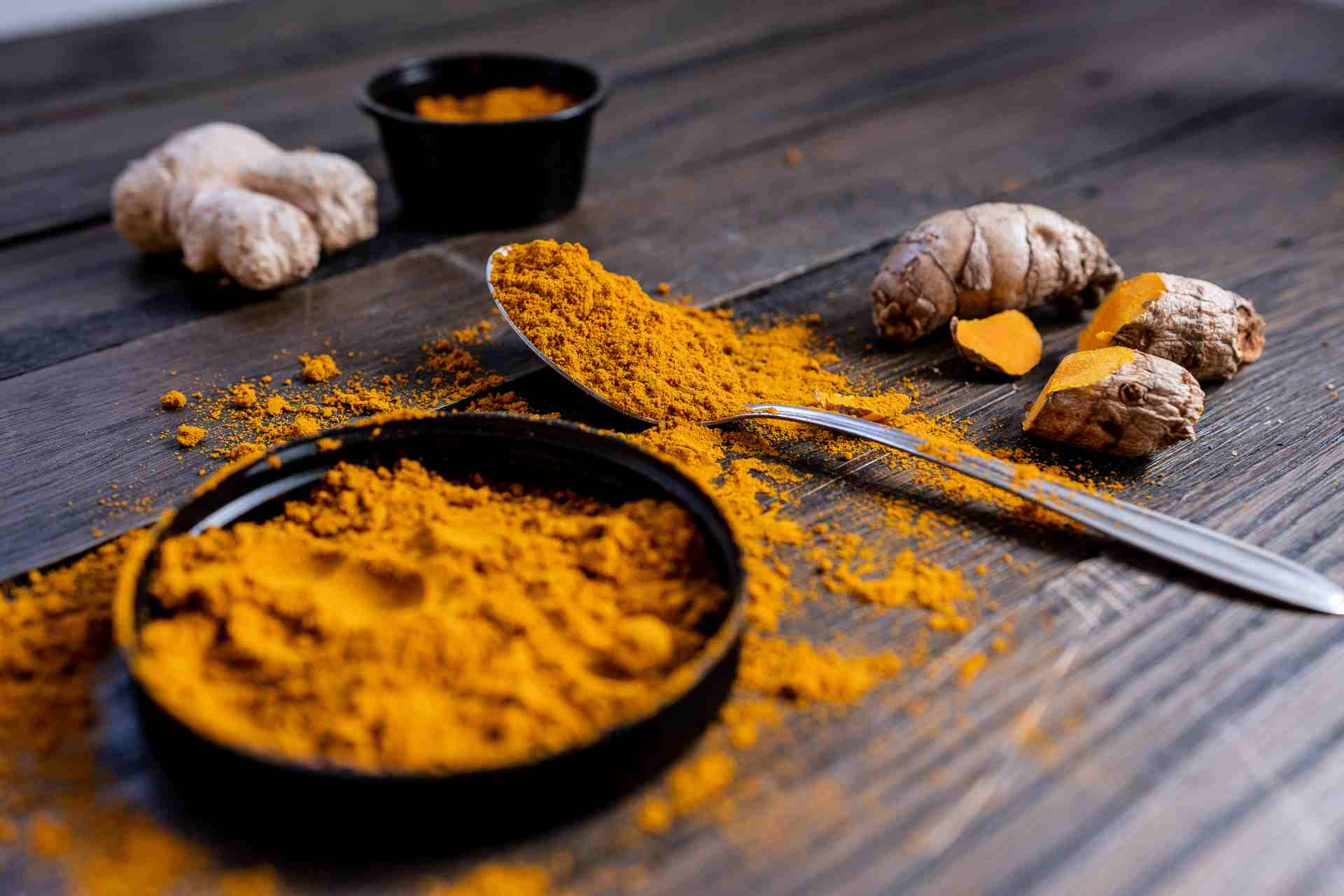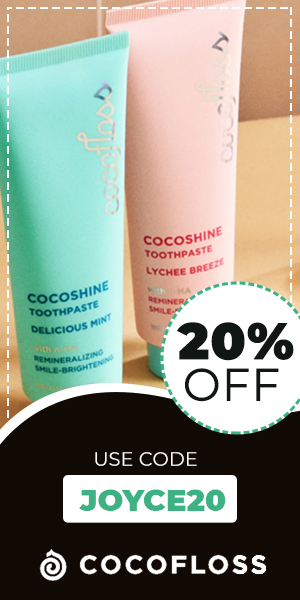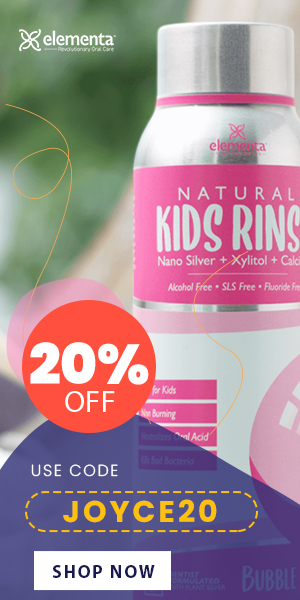Can Turmeric Really Whiten Your Teeth?
You’ve seen the videos. A swirl of bright orange powder, a toothbrush, and someone promising a whiter smile in minutes, all thanks to turmeric.
Once just a kitchen staple for golden lattes and curries, turmeric has made its way into beauty routines and now dental care trends. But is it a natural whitening miracle or just another social media gimmick?
In this post, we’ll explore what turmeric actually does for your teeth, what the science says, how to use it safely, and what to expect if you give this golden hack a try.
Spoiler alert: it’s not exactly magic, but there are some benefits worth knowing.
Why Are My Teeth Yellow in the First Place?
Before reaching for turmeric or any whitening trick, it helps to understand why your teeth might look yellow.
In many cases, it’s not actually the enamel turning yellow but what’s underneath. As enamel wears down over time, the naturally darker dentin beneath starts to show through.
Diet also plays a huge role. Coffee, tea, red wine, and even colorful spices like turmeric can stain the outer layer of your teeth. Smoking and poor oral hygiene add to the problem. And yes, aging is part of the picture, too.
Turmeric as a Home Remedy for Teeth Whitening

Turmeric isn’t just for curries anymore. It’s become a staple in wellness routines (think face masks and golden milk lattes). Now it’s popping up in dental trends, too.
Some people swear that brushing with turmeric can help whiten your teeth. The logic? Turmeric has anti-inflammatory and antibacterial properties, so it must be good for your mouth, right? The bright yellow color supposedly lifts surface stains and leaves your smile looking a little fresher.
But natural doesn’t always mean effective or safe. In fact, if you don’t rinse well, turmeric can actually leave your teeth looking even more yellow, at least temporarily.
Still curious about how turmeric compares to other DIY tricks? One unusual option people talk about is using a banana peel to whiten teeth. Spoiler: the science is just as murky there, too.
What Can Turmeric Do for Your Teeth?
Turmeric does bring some legit benefits to your oral health, just maybe not in the way you’re hoping if your main goal is a whiter smile.
It’s naturally anti-inflammatory, which can help soothe swollen gums. It also has antibacterial properties that may help reduce plaque and keep your mouth cleaner overall. So in that sense, turmeric can support a healthier oral environment.
But when it comes to whitening? That part is tricky. Turmeric doesn’t contain any bleaching agents or ingredients proven to break down deep stains. What it might do is temporarily remove surface buildup, which could give the appearance of a brighter smile.
Or, it might just make things look brighter by contrast until the color settles or rinses off.
Bottom line? It’s not going to dramatically whiten your teeth. But it can be part of a gentle, natural oral care routine if you’re curious and careful.
What Does Science Have to Say?
There’s actually some research behind turmeric’s dental benefits, just not when it comes to whitening.
One 2012 study on turmeric’s effect on gingivitis found that curcumin, the active compound in turmeric, helped reduce plaque, bacteria, and gum inflammation. It performed about as well as a traditional mouthwash when used consistently and correctly.
Then, in 2013, another study on turmeric’s broader dental benefits suggested even more potential. Turmeric appeared to relieve dental pain, help manage periodontitis, and may even play a role in preventing certain oral cancers.
So yes, the science shows turmeric can support your oral health, especially for your gums. But whitening enamel? That part hasn’t been proven. Any brightening effect you see is likely temporary and superficial.
How Do You Use Turmeric to Whiten Teeth?
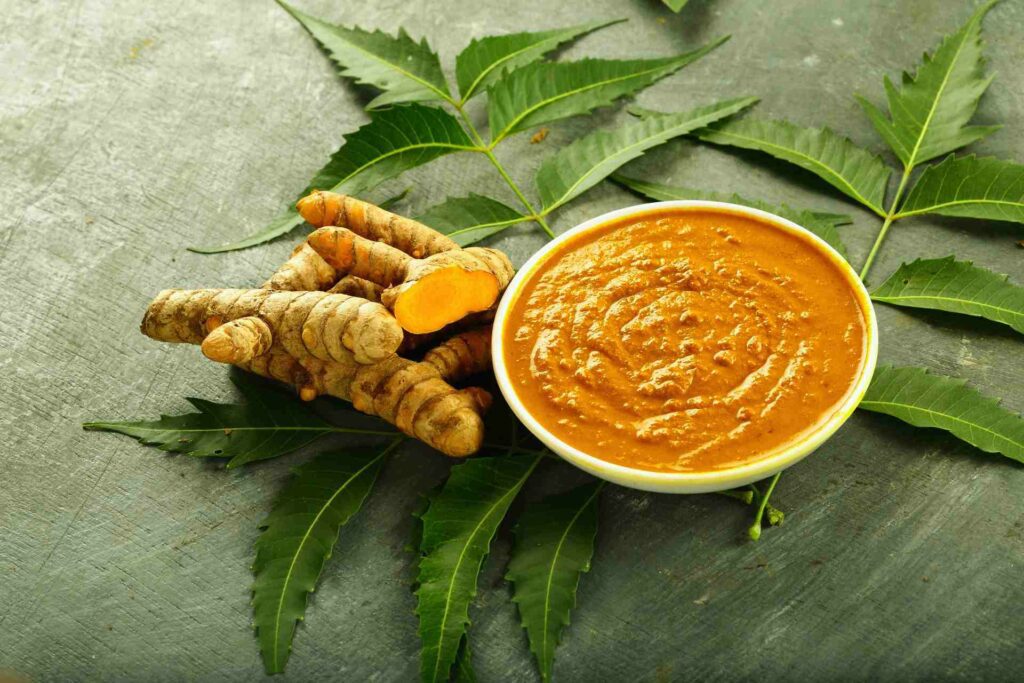
If you’re still curious and want to give turmeric a try, here’s how most people do it.
The most common method is to make a simple paste.
- Mix a small amount of turmeric powder with either water or coconut oil until it forms a thick, spreadable consistency.
- Then, using an old toothbrush you don’t mind staining, gently brush your teeth with the paste for about two minutes.
- Let it sit briefly, then rinse thoroughly. Really thoroughly.
You can also find turmeric-based oral care products like pre-made toothpaste blends or whitening kits. Some people prefer these for convenience and less mess.
A few examples:
- Organic turmeric powder, if you want to go the DIY route
- Turmeric-infused whitening toothpaste
- Pre-made turmeric oral care kits
Just keep in mind, results vary. For a more reliable glow-up, you might want to explore other ways to whiten your teeth quickly and safely.
Are There Any Side Effects or Risks?
Turmeric is generally safe, but it’s not completely risk-free, especially when it comes to your teeth.
The most obvious issue? Staining. If you don’t rinse really well, that bold yellow pigment can leave your teeth looking more golden than glowing. It can also stain your toothbrush, your sink, and pretty much anything else it touches.
There’s also the issue of abrasiveness. If you brush too hard or too often with turmeric powder, it could wear down your enamel over time. Once enamel is gone, it doesn’t come back.
And while turmeric might help with surface buildup, it won’t do much for deeper discoloration like brown stains on teeth. In fact, it could make those spots appear darker if residue gets left behind.
Lastly, allergic reactions are rare, but they can happen. If it’s your first time using turmeric in your oral routine, start with a small amount and keep an eye out for irritation or sensitivity.
How Does Turmeric Compare to Other Natural Whitening Hacks?
Turmeric isn’t the only kitchen item people are putting on their toothbrushes. Let’s take a quick look at how it stacks up against other popular natural methods.
Coconut oil is another big one. It’s often used in oil pulling, which some believe helps remove bacteria and reduce surface stains. Curious if that actually works? Here’s the truth about coconut oil and teeth whitening.
Baking soda is a more widely accepted option. It’s mildly abrasive and can help scrub away surface stains. However, it also comes with enamel risks if overused.
Whitening strips? Definitely not natural, but far more effective if you’re aiming for real results. Just know what to expect (like how long they last) before trying.
If you’re looking for something stronger or longer-lasting, this might be a good time to explore your cosmetic dentistry options.
When to Consider Professional Help Instead
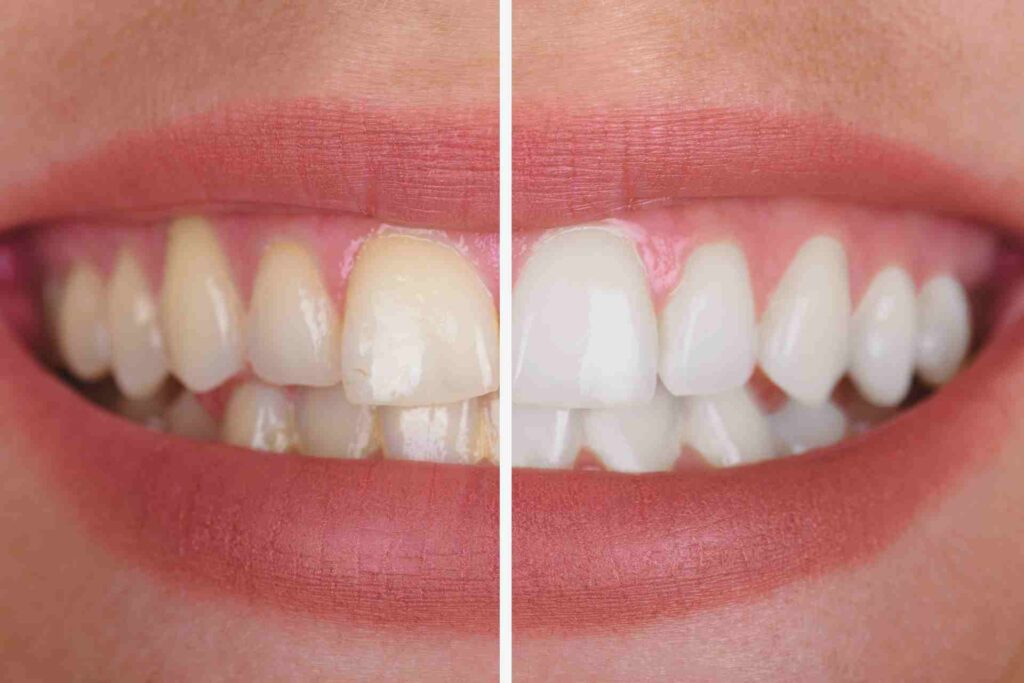
Tried turmeric and didn’t see much difference? DIY methods can be fun to experiment with, but they often fall short, especially if your stains are deeper or caused by something more serious.
If you’re looking for a noticeable and lasting change, it might be time to explore professional options. Treatments like dental bonding can instantly brighten your smile by covering discoloration and reshaping teeth for a more uniform look.
And sometimes, yellowing or staining is a sign of something else going on. A quick visit to your dentist can help rule out any underlying issues and give you personalized guidance on what will actually work for your smile.
Key Takeaways
- Turmeric helps with gum health, not true enamel whitening.
- Some science supports its antibacterial and anti-inflammatory effects.
- Safe to try—if you’re gentle and realistic about results.
- Not a substitute for brushing, flossing, or professional care.
Want more tips (and what actually works)? Follow @joycethedentist and keep your smile glowing the smart way!




